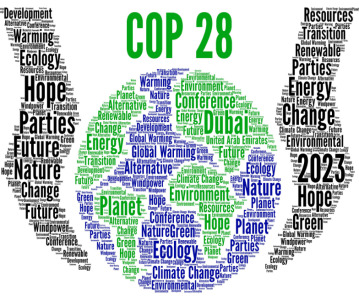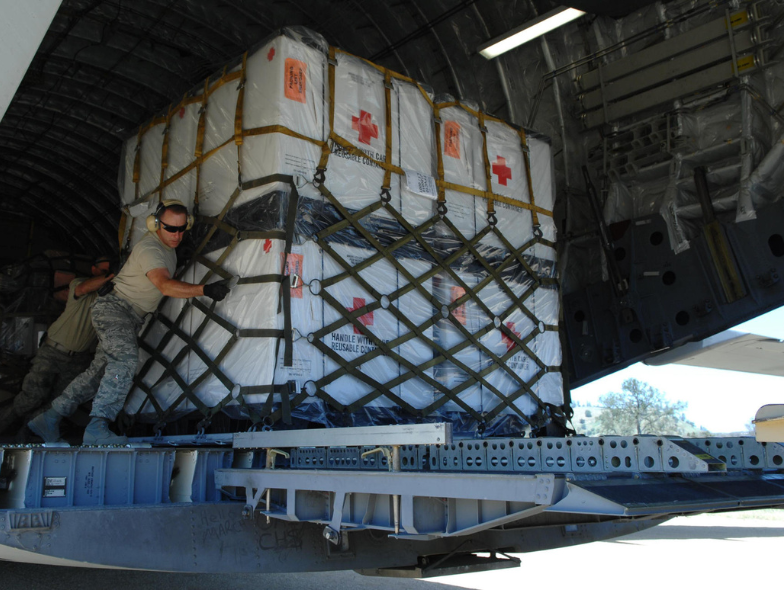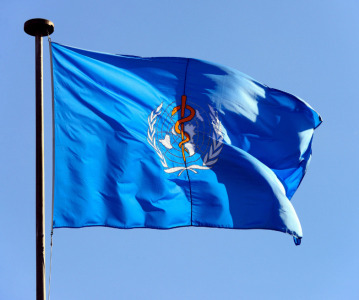Rx-360 summary of the draft WHO HVAC GMPs for non-sterile products

Document is intended to provide guidance to pharmaceutical manufacturers and inspectors of pharmaceutical manufacturing facilities on the design, installation, qualification and maintenance of the HVAC systems.
WHO has issued a revision to their supplementary guidelines on GMP for HVAC systems for non-sterile pharmaceutical dosage forms. This draft was generated based on the feedback received from inspectors, the new, current trends in engineering and the experience gained during the implementation of this guidance in inspections. This update also includes improved graphic images to make them more readable.
These guidelines primarily focus on the design and GMP requirements and recommendations for HVAC systems for facilities for the manufacture of non-sterile solid dosage forms. This includes tablets, capsules, powders, liquids, creams and ointments. The HVAC design principles contained in the guidelines may be applied to other dosage forms.
This document is intended to provide guidance to pharmaceutical manufacturers and inspectors of pharmaceutical manufacturing facilities on the design, installation, qualification and maintenance of the HVAC systems. These guidelines are intended to complement those provided in GMPs for pharmaceutical products and should be read in conjunction with the parent guide. The additional standards addressed by the present guidelines should, therefore, be considered supplementary to the general requirements set out in the main principles guide (WHO Technical Report Series, No. 961, Annex 3).
Along with a glossary of terms, this guidance document discusses commissioning, qualification, and validation of HVAC systems, cross-contamination and contamination, HVAC system and component design, protection of products, personnel, and the environment.
Comments are due to WHO by 12 July 2016.
Related News
-
News Pharmaceutical industry supports COP28 health stance in joint statement
As COP28 takes place over this week in Dubai, UAE, several bodies in the pharmaceutical and health industries have come together to announce support of key movements in sustainability in the sector, and to recognise sustainability as a health issue.&nb... -
News Biden backs Cold-War measures to shore-up medical supply chains
In a recent strategy to combat rising inflation and the cost of living crisis, President Joe Biden has invoked a Cold War-era act to increase investment in a selection of medicines and supplies. -
News CPHI Podcast Series: What does the changing US Pharma market mean for industry and patients alike?
In this week's episode of the CPHI Podcast Series Lucy Chard, Digital Editor for CPHI Online is joined by James Manser to discuss the political and market changes in the US pharma field. -
News Which 10 drugs are open to price negotiation with Medicare in the USA?
The Centres for Medicare & Medicaid Services, under the Biden administration in the USA, has released a list of the 10 drugs that will be open to price negotiations as part of the new legislation under the Inflation Reduction Act (IRA). -
News 10 Major Drug Approvals So Far in 2023
Last year, 37 novel drugs were approved by the FDA, this was a high number for such a category, and covered many fields including oncology, demonstrating how promising further research is, and how it is only continuing to build. To date, there are alre... -
News Novartis agrees for copies to be made of cancer drug to reach poorer countries
Novartis signs agreement with MPP to have generics of it's leukemia drug made so that it can be more easily distributed to the world's poorer countries. -
News CPHI Podcast Series: outsourcing and manufacturing trends
Listen to the CPHI Podcast Series this June to hear Gil Roth of the PBOA speak with Digital Editor Lucy Chard about the biggest trends and topics to watch in pharma outsourcing and manufacturing at the minute. -
News New WHO health emergency guidelines expect full transparency from Big Pharma
The WHO are proposing a new set of pandemic guidelines to set out how future global health crises should be handled.
Position your company at the heart of the global Pharma industry with a CPHI Online membership
-
Your products and solutions visible to thousands of visitors within the largest Pharma marketplace
-
Generate high-quality, engaged leads for your business, all year round
-
Promote your business as the industry’s thought-leader by hosting your reports, brochures and videos within your profile
-
Your company’s profile boosted at all participating CPHI events
-
An easy-to-use platform with a detailed dashboard showing your leads and performance







